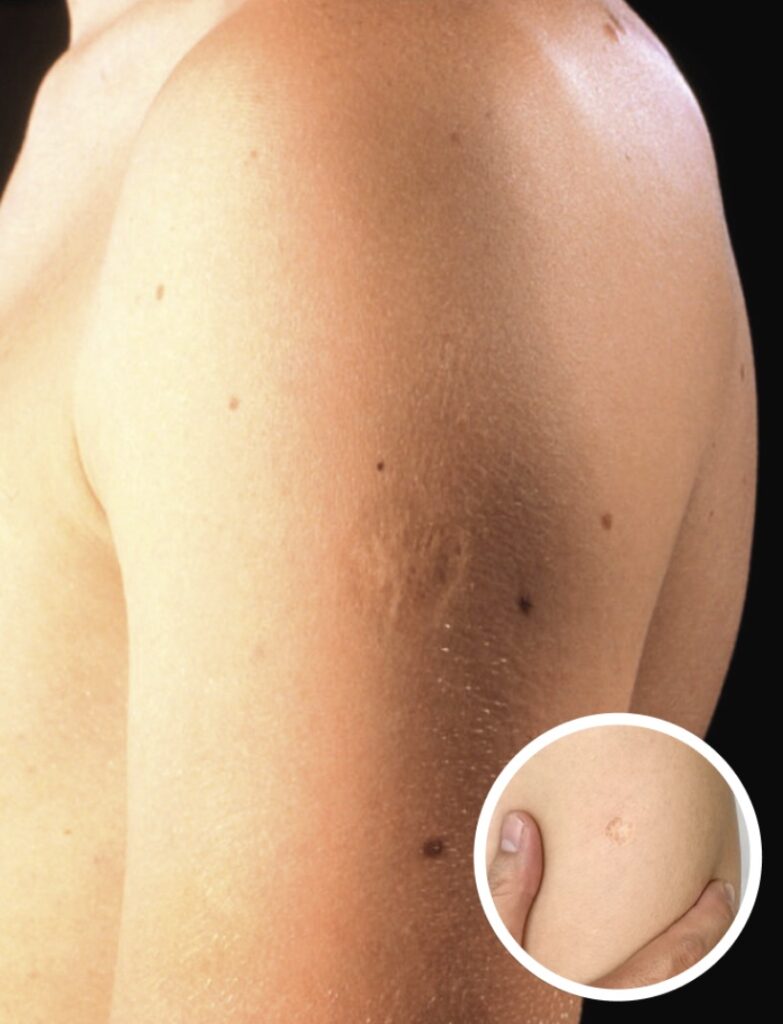
The Story Behind Smallpox and the Scar That Saved Lives
Smallpox was once one of the deadliest viral infections in human history. Characterized by high fever and a distinct skin rash, it claimed the lives of 3 out of every 10 people infected. Even those who survived were often left with deep facial scars—a permanent reminder of their ordeal.
The culprit was the variola virus, a highly contagious pathogen. To combat it, scientists developed the first successful smallpox vaccine using vaccinia, a live virus similar to variola but unable to cause the disease. This breakthrough prompted the immune system to build lasting defenses against smallpox.
The Vaccine That Changed the World
By the early 20th century, smallpox outbreaks were devastating communities. But thanks to the vaccine, the tide began to turn. In a historic victory for global health, smallpox was declared eradicated in the early 1950s, and routine vaccination in the United States ended in 1972. Today, only people working in high-risk settings—such as laboratories handling the virus—receive the vaccine.
The Smallpox Vaccine Scar: A Mark of Protection
Unlike today’s standard injections, the smallpox vaccine required a more aggressive technique. Medical professionals used a bifurcated needle—a two-pronged tool dipped into the vaccine solution—then jabbed it repeatedly into the skin. This method intentionally injured the skin, which led to an immune response and eventually, a scar.
The vaccinated area would become sore, scab over, and finally heal, often leaving behind a small, round or oval scar. In some cases, it appeared larger and raised due to a strong immune reaction. While most people received the injection on the upper left arm, some were vaccinated in alternative locations, like the buttocks.
Side Effects and Complications
Though life-saving, the smallpox vaccine wasn’t without side effects. Many experienced mild symptoms like fever, soreness, or swollen lymph nodes. In rare cases, severe complications occurred, including allergic reactions, skin infections (especially in people with eczema), and even brain inflammation.
Fading Scars, Lasting Legacy
Today, smallpox vaccine scars are increasingly rare. For those who still have one and wish to reduce its appearance, treatments include:
- Sunscreen to prevent darkening
- Moisturizing creams to soften the skin
- Professional treatments like dermabrasion for more visible scars
The smallpox vaccine—and the scars it left behind—represent one of medicine’s greatest triumphs. Though the disease has been eradicated, the story of its defeat is a powerful reminder of how vaccines can save lives and shape history.


